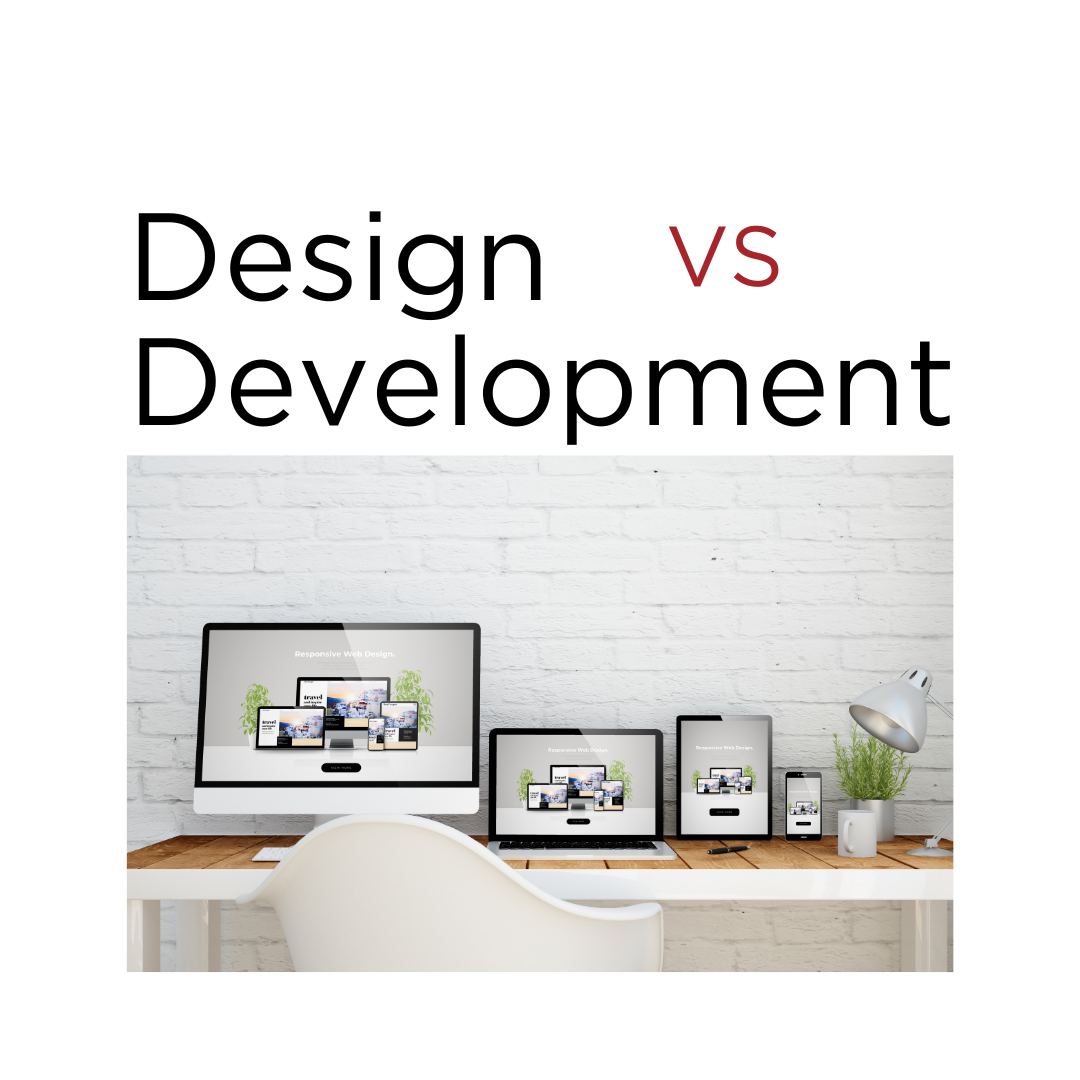All Posts, Content & Copywriting, Marketing, Social Media
 A writer’s style is what sets one’s writing apart, is unique and intriguing. Such style is the way writing is dressed up (or down) to fit the specific context, purpose and target audience. Word choice, sentence fluency, and the writer’s voice — all contribute to one’s style of writing. How a writer chooses words and structures sentences to achieve a certain effect is also a facet of the own writers style and flare for words. I lean more towards funny, edgy and witty humor writing which is often noted and enjoyed by my readership.
A writer’s style is what sets one’s writing apart, is unique and intriguing. Such style is the way writing is dressed up (or down) to fit the specific context, purpose and target audience. Word choice, sentence fluency, and the writer’s voice — all contribute to one’s style of writing. How a writer chooses words and structures sentences to achieve a certain effect is also a facet of the own writers style and flare for words. I lean more towards funny, edgy and witty humor writing which is often noted and enjoyed by my readership.
Do you know what your writing style is? Here’s a short-list of the most commonly used writing styles in media and on the web.
Style #1 – Persuasive Writing is a critical skill for marketing that can be a slightly intimidating to a novice. Looking at a service or product, it is imperative to convince your audience that they want it and need it. This is where the “why” of the 5 W’s come into play. A great starting point is to jot down the main points of what would be a verbal persuasive argument. From establishing your oral argument, you can translate that into persuasive writing to craft an effective, persuasive marketing pieces. Check out 9 Simple Tips for Writing Persuasive Web Content.
Style #2 – Informative Writing does exactly what is says-it informs your audience beyond their current knowledge base. In other words, a fact-based writing style. Here is not the place for overly embellished sentences but moreover researched facts & true precedents. This writing style is most frequently u sed in news reporting, medical media and outlets that use less “fluffy words” and more punch line information. you need to follow some simple guidelines that will ensure that your words are memorable, informative, and concise So remember Top 5 Informative Writing Tips for Bloggers
sed in news reporting, medical media and outlets that use less “fluffy words” and more punch line information. you need to follow some simple guidelines that will ensure that your words are memorable, informative, and concise So remember Top 5 Informative Writing Tips for Bloggers
Style #3 -Anecdotal Writing is most often found in the blogging forum where anecdotal free form writing is not only common, but very much welcomed. “People love stories—tales about real people doing real things. We can’t resist them”, PR Daily. People love great lead-ins with a short story that ties directly into the main point of the article. It is often witty, even playful and is the antithesis of informative writing. For several great tips on writing anecdotal leads, see this excellent article from PR Daily.E
Great Articles & Infographics on Writing Styles
3 Style and the Stylebook
10 Elements of Writing Style Infographic
Hot & Cold Writing Styles In Advertising
Using the Inverted Pyramid Style of Writing for Ad Agency New Business
All Posts, Branding, Content & Copywriting, Marketing, Social Media, Web Design
 What in the world is Link Baiting?
What in the world is Link Baiting?
In the simplest form, it is the act of creating any content within a website, advertisement or blog that is designed to gain attention and more importantly, encourages people to link to its original form. The goal of link baiting is to leverage content to become an extremely powerful form of marketing. Some feel it’s another tool to acquire the currency of SEO. Let’s talk about how it can be the biggest fish in the pond of SEO, why it’s important to get others hooked into it and then what it really reels in for you and your business.
To completely understand its meaning you have to understand what is at the heart of its composition. Link-baiting goes way beyond words within the content of your website, advertisement and/or blog. Aside from text, it can also be an image, audio or video clip. Any of these can be effective link baits as long as they are interesting enough to catch people’s attention. And once someone has clicked onto one of these vehicles, you want them to share it and hence great amount of traffic for your content. And that’s the goal-for some part of your content to become the Los Angeles freeway at 5pm. Think about how popular blogs have become that have infographics or videos. Videos gone viral on You Tube can take a no-name person or product and spread it like wildfire. Its all about engagement, the tantalizing, wiggly worm on the hook just waiting to be nibbled.
 Now that you understand what it is, where & how do you use it?
Now that you understand what it is, where & how do you use it?
What-For blogs you definitely need a strong & compelling headline to capture the readers’ attention and engage them. Take for instance this blog. “Link baiting” is a popular, strongly researched topic. So having a witty “hook” title will return good traffic once its out there. And while the “body” of the work needs to be strong and compelling to keep you entertained, its important to hook you right off the bat with the title. If a title doesn’t create intrigue then you won’t get the readership; and without readership, your content just floats along lonely in the sea of the worldwide web…you don’t want it to be Dory in Nemo singing “keep on swimming” – lol.
Where -You want your content on all major Social Media sites to ensure good dissemination. Period – it’s that simple.
How-A simple example is making sure to add links to your website and/or blog to a witty catch-phrase let’s say on Twitter. I plan to do it with this very blog so check me out on Twitter to see this concept hard at work. https://twitter.com/#!/Dt_Yvonne You can also add a video or audio clip to your content so that others will want to share it. http://blog.jpdesigntheory.com/why-website-content-is-important-video-interview/ For most businesses, the goal of disseminating information is to generate business as well as inform in some nature-whether it’s to sell shoes or trying to get elected as Mayor. Therefore the process of employing effective link baiting requires preparing the hook with the best content. Oh by the way- GOTCHYA!
If I didn’t persuade you enough, check out this listing from Wikipedia which offers some of the most common approaches to effective link baiting:
- Informational hooks – Provide information that a reader may find very useful. Some rare tips and tricks or any personal experience through which readers can benefit.
- News hooks – Provide fresh information and obtain citations and links as the news spreads.
- Humor hooks – Tell a funny story or a joke. A bizarre picture of your subject or mocking cartoons can also prove to be link bait.
- Evil hooks – Saying something unpopular or mean may also yield a lot of attention. Writing about something that is not appealing about a product or a popular blogger.
- Tool hooks – Create some sort of tool that is useful enough that people link to it.
- Widgets hooks – A badge or tool that can be placed or embedded on other websites, with a link included.
- Unique content hooks – This hook is intended for people that are in need of unique content or articles for traffic or AdSense revenue. This became popular after Google implemented Duplicate Contents Filter and sites with duplicate contents saw fall in traffic. To use this hook, you have to create unique content and give it out to bloggers and webmasters with an obligation to link back to your site.
- Curated hooks – A content that links out to other websites by citing them as resources naturally attracts linkers and have high chances of going viral as the mentioned sites in the link bait are most likely to link to the site and share it through their own networks.
 Always remember that your content must be current (ripping something tantalizing from the headlines of major reporting forums such as nightly news, respectable magazines or newspapers) and is a great form of SEO currency. Don’t let your creativity dwindle when it comes to achieving this objective. Remember, the ultimate goal of all this is to create buzz and get people to share your content and its links – which hopefully hooks bank for your business.
Always remember that your content must be current (ripping something tantalizing from the headlines of major reporting forums such as nightly news, respectable magazines or newspapers) and is a great form of SEO currency. Don’t let your creativity dwindle when it comes to achieving this objective. Remember, the ultimate goal of all this is to create buzz and get people to share your content and its links – which hopefully hooks bank for your business.
All Posts, Marketing, PRESS RELEASE
Here at Design Theory, we’re a pretty humble design firm. All of our designers have their wits about them, and we all have one main goal in mind; and that’s to make an awesome experience for our customers and clients. Recently we placed our first magazine ad in a popular and thriving NYC magazine called SYM Magazine. The Dt staff and I would like to give a great big thank you to Tilsa Wright for the opportunity and exposure. Check out some of the pictures of the print below, and check out the magazine online for free with this link.


 A writer’s style is what sets one’s writing apart, is unique and intriguing. Such style is the way writing is dressed up (or down) to fit the specific context, purpose and target audience. Word choice, sentence fluency, and the writer’s voice — all contribute to one’s style of writing. How a writer chooses words and structures sentences to achieve a certain effect is also a facet of the own writers style and flare for words. I lean more towards funny, edgy and witty humor writing which is often noted and enjoyed by my readership.
A writer’s style is what sets one’s writing apart, is unique and intriguing. Such style is the way writing is dressed up (or down) to fit the specific context, purpose and target audience. Word choice, sentence fluency, and the writer’s voice — all contribute to one’s style of writing. How a writer chooses words and structures sentences to achieve a certain effect is also a facet of the own writers style and flare for words. I lean more towards funny, edgy and witty humor writing which is often noted and enjoyed by my readership. sed in news reporting, medical media and outlets that use less “fluffy words” and more punch line information. you need to follow some simple guidelines that will ensure that your words are memorable, informative, and concise So remember Top 5 Informative Writing Tips for Bloggers
sed in news reporting, medical media and outlets that use less “fluffy words” and more punch line information. you need to follow some simple guidelines that will ensure that your words are memorable, informative, and concise So remember Top 5 Informative Writing Tips for Bloggers

 Now that you understand what it is, where & how do you use it?
Now that you understand what it is, where & how do you use it?








